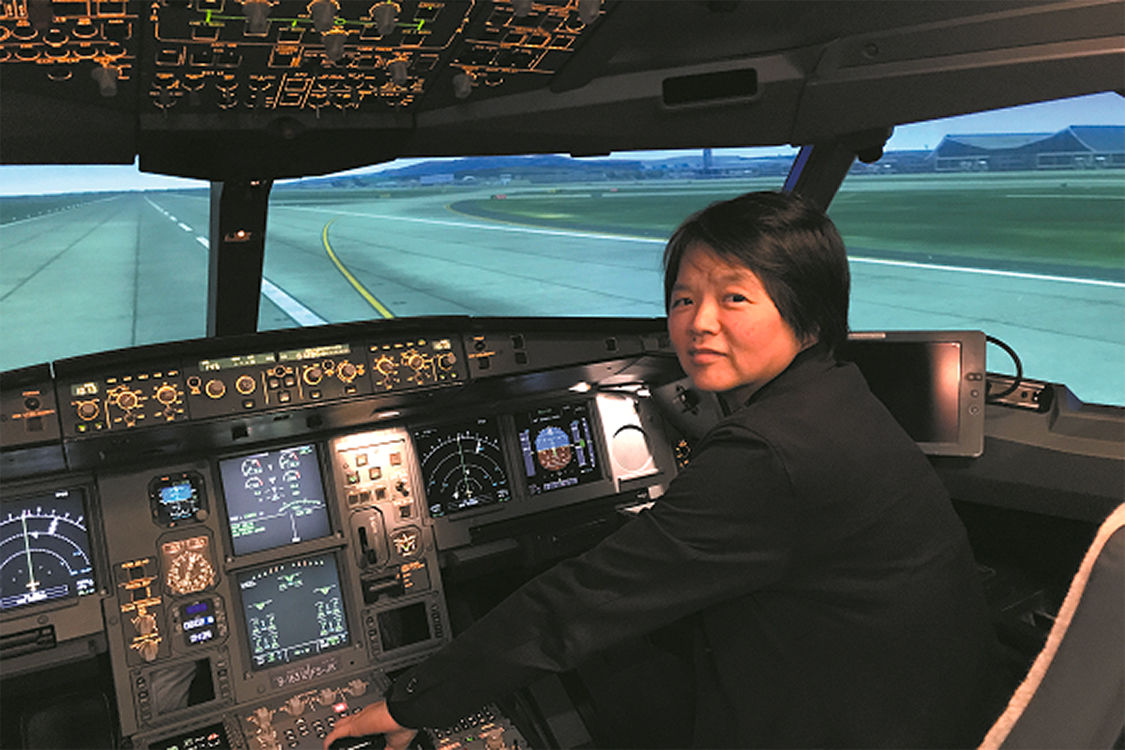A new future

Captain Gilbert Macharia Kibe, CANSO Chair and Director General of the Kenya Civil Aviation Authority tells airspace that collaboration will forge a better future for air navigation service providers.
What must air navigation service providers (ANSPs) do to ensure the road to recovery is as smooth as possible?
ANSPs must deal with conflicting priorities where safety projects should be given higher priority than growth/expansion projects. They also need to review their strategic plans and other implementation roadmaps to manage industry expectations.
Finance will be important and ANSPs should pursue multiple sources of revenue within their scope. The industry prides itself on new entrants such as unmanned aerial services and it’s up to ANSPs to maximise such new revenue streams.
When that is not possible or sufficient, organisations should seek government funding to ensure the availability of resources as the industry recovers.
Finally, ANSPs need to undertake measures to ensure personnel skills meet quality assurance in readiness to handle the expected increment in traffic.
Are there regional differences in what is required?
Certainly, yes!
ANSPs are expected to engage widely with stakeholders to manage industry expectations. Such stakeholders include International Civil Aviation Organization (ICAO) regional groups (PIRGs) where regional plans are developed through consensus. Hence, such consultations will see different regions agreeing on different measures for recovery that may include altering timelines for joint initiatives and the introduction of post-recovery programmes unique for the region.
Another key factor that will contribute to the regional differences is the socio-economic situation in each region. Regions that rely on tourism as an economic pillar, for example, will see air traffic growing differently from those that rely on imports and exports of goods/cargo.
This is because, unlike the movement of passengers, cargo has seen limited restrictions across the globe. Where air cargo operations are high, traffic growth will be steady and will influence post-COVID-19 measures.
Other regions will register increased general aviation activities, such as the use of charter flights for people that wish to travel while maintaining a physical distance.
Do we need greater collaboration – with the relevant authorities as well as with airlines and airports?
Collaboration has been key in the aviation industry and has enabled the industry to navigate past challenges.
Motivating factors such as shared resources, cloud sourcing, the need for credit facilities and other arrangements towards easing the burden brought about by lost business due to low aviation activities will drive the need for higher collaboration.
ANSPs will certainly work closely with their immediate customers and stakeholders, such as air operators, airport operators, and commercial partners towards navigating the recovery path.
How do we maintain safety standards and personnel skill levels given the dire financial situation?
Safety remains paramount in the aviation industry and properly skilled personnel play a key role in ensuring that safety standards are upheld. Despite low revenues, ANSPs must prioritise and allocate resources to personnel training and ensuring efficient service delivery.
ANSPs and the industry at large will be required to:
- Make use of internal capacity where available to train personnel and if not available to enter into collaborations with other organisations where capacity exists. Many training courses have transitioned online, and the costs have been subsidised so organisations can upskill their staff at a lower cost.
- Develop roadmaps and reach consensus with the industry regulators on programmes related to compliance.
- Seek government assistance for high priority safety programmes that may have been impacted by the pandemic.
Will the digital transformation of the industry accelerate, or will a lack of investment prove a problem?
The industry’s digital transformation will continue to accelerate.
The change that we are experiencing globally due to the COVID-19 pandemic has powered the utilisation of digital technologies in the industry.
The financial losses have been huge, and we need to be better prepared in the future. The use of big data and artificial intelligence are some of the technologies that can provide solutions that can prepare the industry to better manage future disruptions.
What message would you like to give CANSO member ANSPs?
From a safety perspective, the resiliency of aviation has always been judged by the ability to manage and mitigate the many risks associated with the industry and the ability to recover from undesirable incidents/accidents if they occur.
The expectations regarding the recovery path we are in now are not different.
As CANSO members, we are starting the journey towards recovery from an advantageous position. CANSO has invested a lot in awareness programmes geared at positioning its members to manage the crisis from the onset of the pandemic and now to recovery.
I encourage CANSO members to make use of our shared knowledge when developing and executing their policies towards recovery. They can also count on CANSO’s continued support.
Remember we are not going back to the 2019 level of performance. We are going “back to the future” of ATM. This future will be created by all of us working together in cooperation to implement best practices developed in our recovery strategy.


